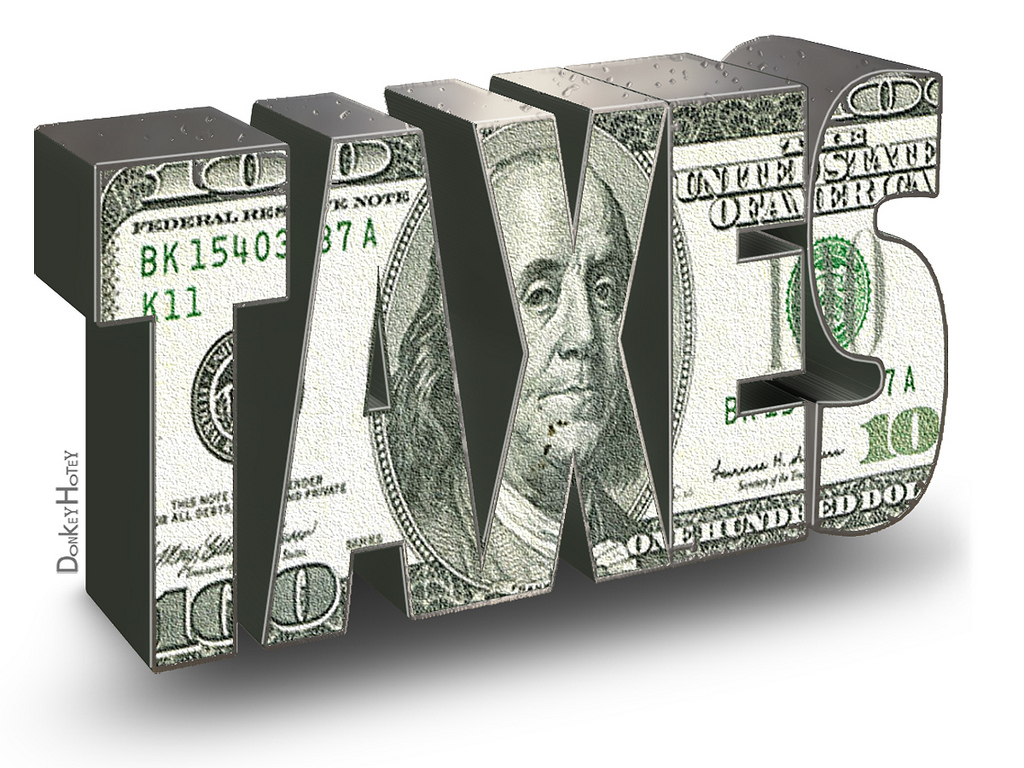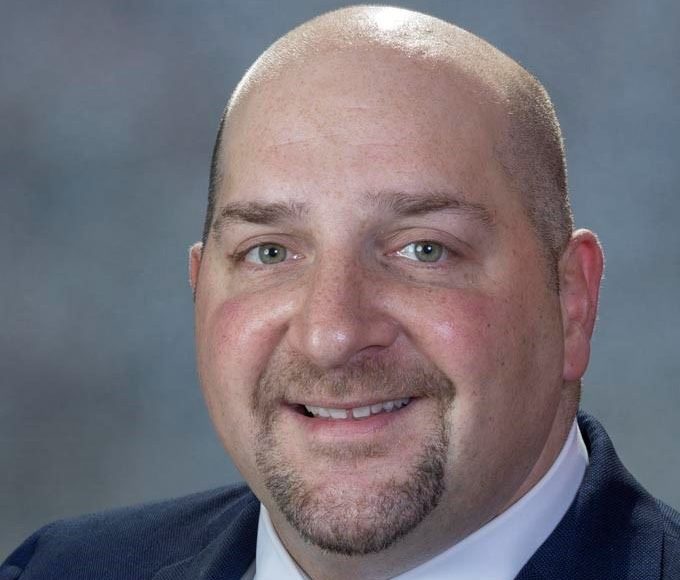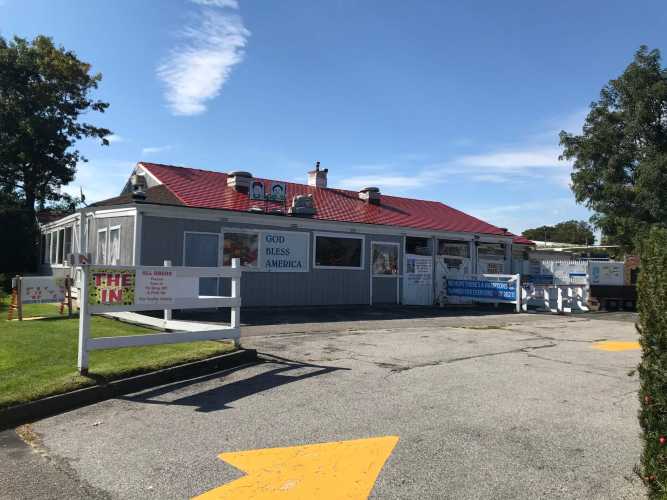The COVID-19 pandemic is threatening to cause havoc with the sale tax-focused budgets of Nassau and Suffolk County governments.
New York State Comptroller Thomas DiNapoli has just released an analysis reporting that sales tax income for Nassau County dropped by 38.8 percent in May compared to receipts in 2019—from $91 million to $60.3 million. Sales tax income for Nassau dropped 26.1 percent in April with the reduction from $91.1million to $67.3 million, said the analysis. For Suffolk, the decrease was 33.5 percent in May—from $109.7 million to $72.9 million. In April, the drop was 26.7 percent compared to 2019, from $111.4 million to $81.6 million.
Now, some counties in New York State had even worse drops. The drop in Sullivan County, for example, was 41.1 percent in May compared to sales tax receipts in 2019—but the money involved was a fraction of what the Long Island counties collect. For Sullivan County, it went from $3.7 million to $2.2. million in May. In upstate Tioga County, the drop in May was 41.5 percent, from $2 million to $1.2 million compared to 2019.
The big fiscal wrinkle for Nassau and Suffolk involves their moves that began years ago to collect more and more of funds for their county governments from the sales tax considering how much money was involved. Other New York counties began shifting more and more to sale tax dollars to run their government, too, but the shift for Nassau and Suffolk involved far more money than any other of the 62 counties in the state.
Thus, a sales tax shortfall presents a larger fiscal problem for Nassau and Suffolk.
In releasing the figures, the office of DiNapoli, a Great Neck Plaza resident, issued a statement saying that sales tax revenues overall “fell 32.3 percent” in the state in May “compared to the same period last year.” The sales tax revenues for counties and cities in May totaled $918 million, or $437 million less than 2019, it said.
“The sharp decline in revenues was widespread around the state, ranging from a drop of 19.5 percent in Westchester County to a 41.5 percent decline in Tioga County,” it continued, “Nearly every county in every region of the state saw a large drop in overall collections. New York City experienced a 31.9 percent decline, amounting to $196 million in lost revenues for a single month.”
DiNapoli commented: “We anticipated that sales tax revenues would continue to drop because of COVID-19 but the May sales tax figures show just how deep it is cutting into municipal finances. Sales tax revenues are vital funding not only for the state but for municipalities like counties and cities as well. The federal government needs to step up and provide financial help to states and local governments hit hard by this virus to avoid severe cuts to critical services.”
The problem with depending on the sales tax to run government is that the sales tax is unreliable. In good economic times, sales tax receipts are flush. But with economic downturns, sales tax collections suffer a corresponding decline.
As the Budget Review Office of the Suffolk Legislature said in its review of Suffolk County Executive Steve Bellone’s proposed budget for 2016: “The number one issue from a fiscal perspective is sales tax. The county relies heavily on this source of revenue and of late, collections have been coming in at levels that could be … short.” It stated: “The recommended budget will require the legislature to make difficult choices regarding tradeoffs between service provision and fiscal reality.”
There was a time when the local revenue that financed Nassau and Suffolk County governments was based on property taxes and fees. Increasing property taxes was perceived to be a problem for Long Island elected officials since residents didn’t like opening their tax bills and seeing a large increase. This is despite the fact that the county property tax has always been a minor portion of the property tax bill.
The biggest portion was — and continues to be — school taxes. The slice of the property tax bills in the counties for schools is from more than 60 percent and up to 70 percent.
Still, for elected officials, trying to finance government mainly through the sales tax has been considered less of a potential affront to voters.
About 40 percent of Nassau government’s income now comes from the sales tax. In Suffolk, the figure is 50 percent.
New York State first imposed a sales tax — initially 2 percent, now 4 percent — in 1965. Four years later, the state allowed counties and cities to also collect sales taxes. Like the state sales tax, county and city sales taxes have gone up and up. The total combined sales tax today in Nassau and Suffolk counties is 8.63 percent.
In New York State, counties have become “the class of government that is the most dependent on sales tax revenues, and this dependence is growing,” said a report titled “Local Government Sales Taxes in New York State: 2015 Update,” done by the state comptroller’s office. “Historically, counties received the largest share of their revenues from the property tax. In recent decades, however, sales tax revenue has become more and more essential for funding county governments, taking over the largest share status from the property tax.”
The report said: “However, while the property tax is generally a stable source of revenue, the sales tax can be fairly volatile.”
When financial trouble has struck, some county governments in New York have moved to raise their local sales tax percentage. Alternatively, what Patrick Halpin did after he was elected Suffolk County executive in 1983 was, because of Suffolk fiscal difficulties, arrange a county property tax increase. The result was outrage by Suffolk property owners when their tax bills came. Democrat Halpin (now chairman of the Suffolk County Water Authority) was tagged with the moniker “High-Tax Halpin” by Republican Robert Gaffney, a former state assemblyman who ran against him for county executive and won with the property tax hike central to his campaign.
Will, as DiNapoli seeks, the federal government “step up and provide financial help to states and local governments hit hard by this virus to avoid severe cuts to critical services?”
Stay tuned. Maybe the expanded “reopening” of businesses in both counties will result in bringing back hefty sales tax receipts for Nassau and Suffolk.
Or maybe not.
For more editorials visit longislandpress.com/category/perspectives
Sign up for Long Island Press’ email newsletters here. Sign up for home delivery of Long Island Press here. Sign up for discounts by becoming a Long Island Press community partner here.

































